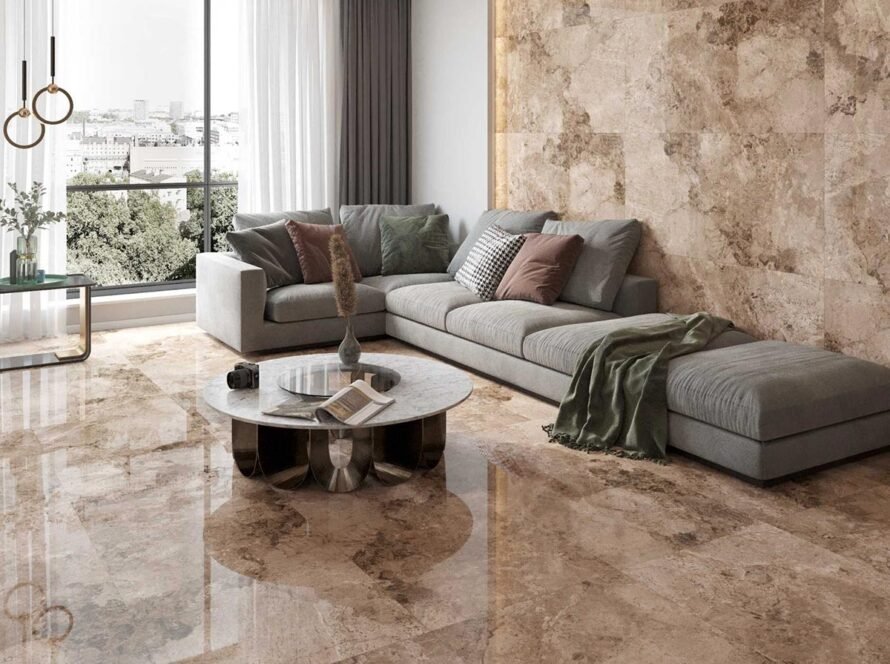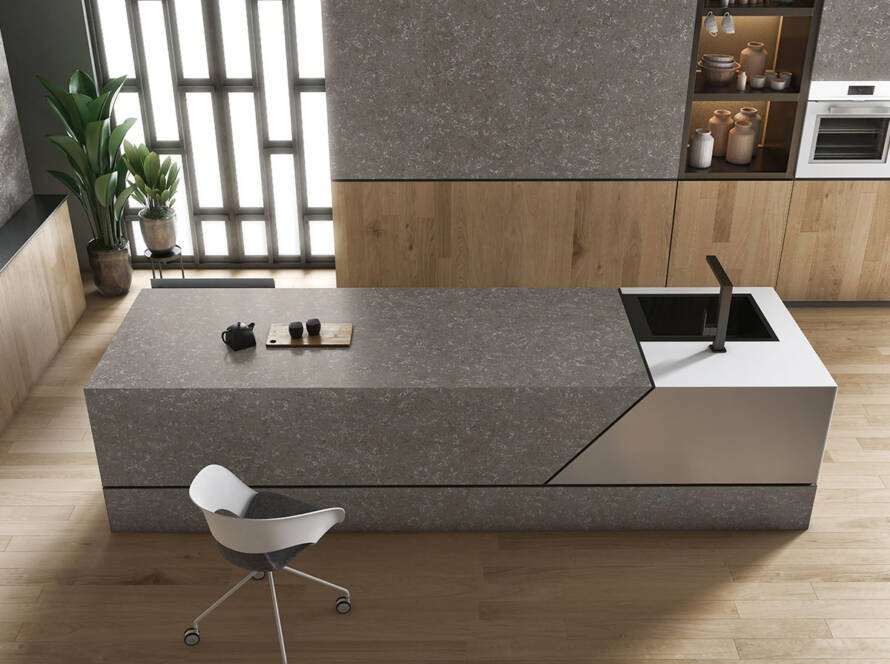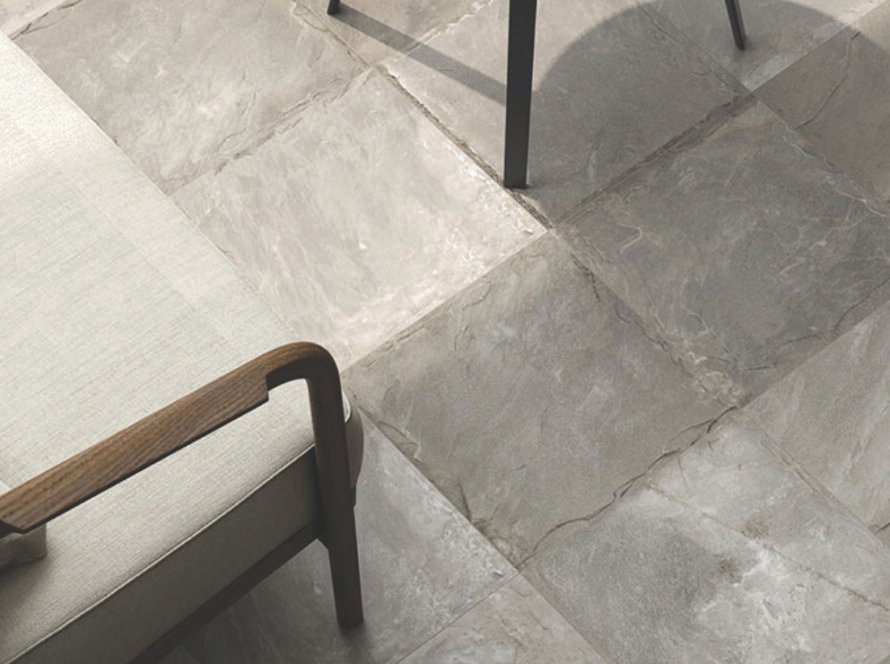Remodeling your home? Choosing the right flooring can be overwhelming, especially when faced with similar-looking options like porcelain and ceramic tiles. Both offer beauty and durability, but picking the champion for your specific needs requires delving deeper. Let’s crack the code on these tile titans, venturing beyond the usual comparisons and unveiling hidden details to guide your decision.
Strength in the Firing: Understanding Mohs Hardness and PEI Ratings
Imagine this: you drop a key on your tile. Will it survive unscathed? The answer lies in Mohs hardness, a scale measuring scratch resistance. Porcelain, fired at higher temperatures, boasts a 7 on the Mohs scale, making it significantly harder than ceramic’s 5-6, translating to superior scratch and wear resistance (source: The Tile Council of North America).This makes porcelain ideal for high-traffic areas like kitchens and hallways.
But durability goes beyond scratches. Look for the PEI (Porcelain Enamel Institute) rating, indicating suitability for different traffic levels. Class 5 porcelain thrives in heavy traffic zones, while ceramic might falter under constant wear (source: Tile Association of North America).

Moisture Matters: Unveiling Water Absorption Rates
Water woes? Both tiles offer decent resistance, but porcelain reigns supreme. With a water absorption rate below 0.5%, it’s nearly impermeable, making it the star for bathrooms, laundry rooms, and even outdoors in mild climates (source: National Institute of Standards and Technology). Ceramic, with a slightly higher absorption rate (0.5-3%), is suitable for low-moisture areas like backsplashes or walls but might succumb to persistent dampness.
Beyond the Basics: Unveiling Less-Talked-About Factors
Chemical Resistance: Porcelain stands strong against harsh chemicals, ideal for cleaning kitchens and bathrooms. Ceramic, while decent, might be susceptible to staining from strong cleaners.
Underfoot Comfort: Ceramic, with its slightly lower density, tends to feel warmer underfoot than porcelain, making it a potential advantage for colder climates.
Installation: Both require skilled installation, but porcelain’s hardness can make cutting more challenging.
Aesthetics: Both offer diverse styles and textures, but porcelain often boasts wider design options due to its ability to handle intricate details.
The Price Point: Weighing Your Wallet Generally, porcelain carries a premium due to its superior properties. However, ceramic’s affordability makes it a budget-friendly alternative for moderate-traffic areas. Remember, long-term durability can trump initial cost savings, especially in high-wear zones.
to know more please check that Why choose US.
The Final Verdict: It’s All About Your Needs
There’s no one-size-fits-all answer. Consider these factors:
Location: High-moisture areas like bathrooms or outdoors? Porcelain wins. Moderate-moisture areas like backsplashes? Ceramic can suffice.
Traffic: Heavy footfall? Porcelain’s your champion. Moderate traffic? Ceramic offers value.
Budget: Porcelain demands a premium, while ceramic is wallet-friendly.
Aesthetics: Both offer diverse styles, choose what complements your vision.
In conclusion, the intricate dance between porcelain and ceramic tiles involves a careful consideration of various factors. From Mohs hardness to PEI ratings, water absorption rates, and even underfoot comfort, these details can sway the flooring decision in unexpected ways. While porcelain boasts superior durability, particularly in high-traffic zones, ceramic tiles bring warmth underfoot and budget-friendly appeal.
The choice hinges on your specific requirements, factoring in considerations like location, foot traffic, budget constraints, and aesthetic preferences. For premium tile options, look no further than Empire Surface, an esteemed Indian tile manufacturer and exporter. Renowned for its commitment to quality, Empire Surface offers a stunning array of tiles that harmonize durability, style, and affordability, ensuring your home renovation project achieves excellence.




